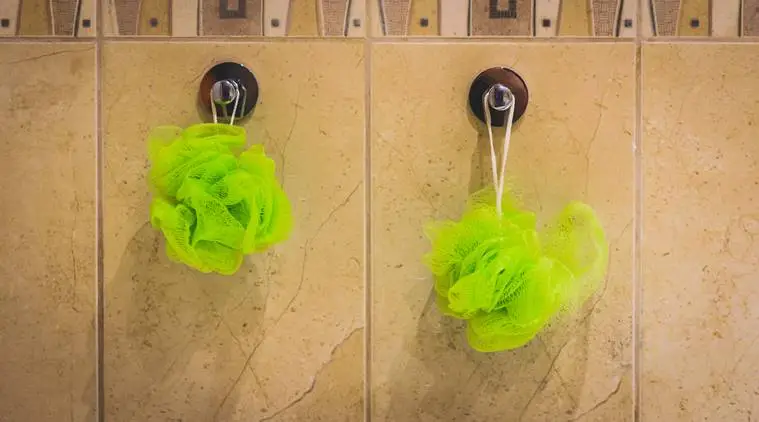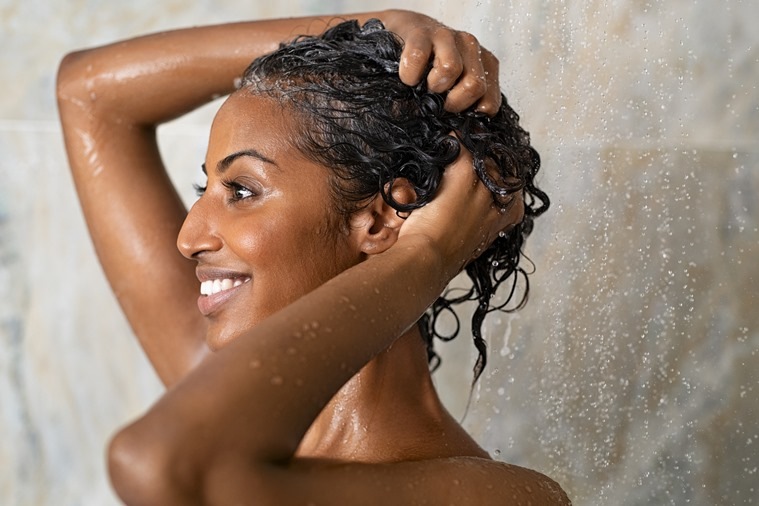 Ensure that you boild your loofah after every use. (Source: Thinkstock)
Ensure that you boild your loofah after every use. (Source: Thinkstock)
Nothing compares to a long warm shower with a scented body wash after an exhausting day. But do you use a loofah to get rid of the dead skin cells? Well, we may have some bad news for you. While a loofah helps you feel squeaky clean and scrubbed, it can become a breeding ground for germs if not thoroughly washed and sanitised after every use. Yes, you read that right; and now that you know about it, it is time to get rid of it to keep skin infections at bay. This is perhaps the reason loofah, which is made using the luffa gourd, does not make it to the list of best bathing accessories.
Luffa gourd happen to grow in tropical climates. After being left to dry out for a few days, they are soaked in water and their seeds are removed. They are then cut in various sizes or sold as sponges.
Risks involved
 Instead of a loofah, you can opt for a shower brush with soft bristles or natural scrubbing soaps. (Source: Thinkstock)
Instead of a loofah, you can opt for a shower brush with soft bristles or natural scrubbing soaps. (Source: Thinkstock)
Despite the loofah having its share of benefits — accelerating blood circulation, removing dead skin cells, and richly lathering up your soap or body wash — it has some hidden risks as well.
If left wet, it starts the production of bacteria. As per Healthline, “loofahs haven’t been shown to grow most staph or strep bacteria, but they can become harbours for other bacteria on your body, including E. coli.” For those who have sensitive skin, the harshness of the loofah can leave your skin red and inflamed. Thus, in the long run, it does more bad than good.
Here’s how you can take care of loofah
First things first, if you have been using your loofah for more than 6 months, you need to replace it ASAP. Ideally, you should replace it after 3-4 weeks, but if you cannot bear to part with your loofah, make sure to boil it after every use.
Instead of a loofah, you can opt for a shower brush with soft bristles or natural scrubbing soaps but make sure they do not include walnut beads. Wondering why, here’s the reason.
Have you replaced your loofah yet?